The 1980s were the golden age of shopping malls, with vibrant food courts, bustling crowds, and stores that seemed to have everything. For teens, the mall was the ultimate hangout spot, and for families, it was a one-stop destination for shopping, dining, and entertainment. At the heart of the mall experience were chain stores that seemed larger than life, offering everything from trendy clothes to the latest gadgets. Many of these stores have since vanished, but their memories remain etched in the minds of those who strolled the neon-lit halls of the decade’s malls. Let’s take a nostalgic trip back to 14 long-lost chain stores that helped define the ’80s mall experience.
1. Merry-Go-Round
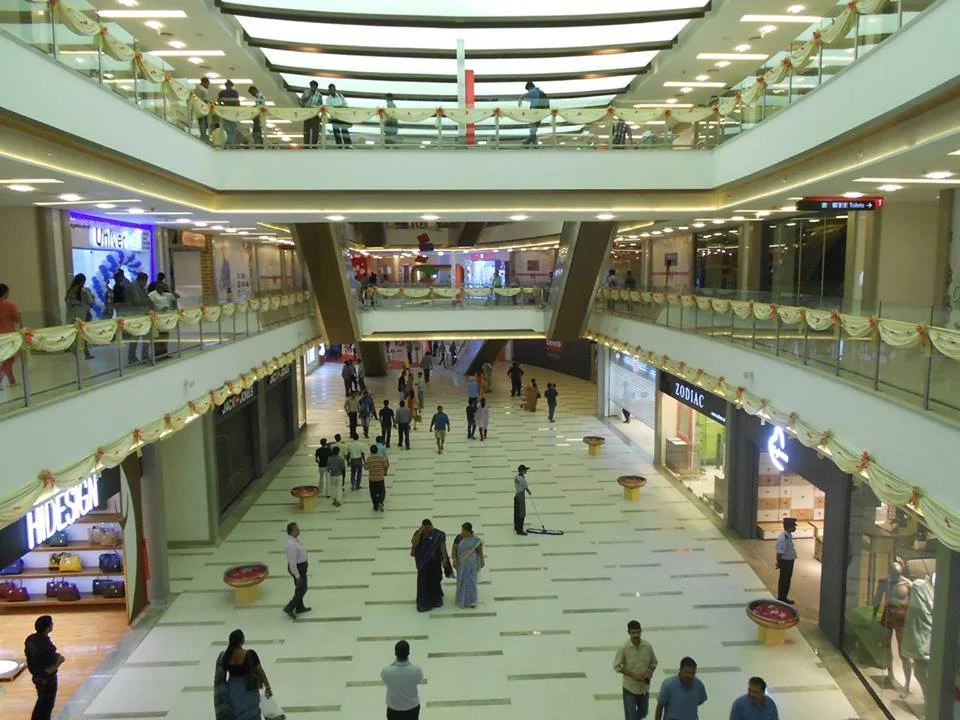
Merry-Go-Round was the ultimate destination for bold, flashy fashion in the ’80s. Known for its trendy, sometimes over-the-top styles, the store catered to those who wanted to stand out. It was the place to find parachute pants, neon jackets, and clubwear that screamed “look at me.” With loud music and flashy displays, the store itself felt like a party.
For teens and young adults, Merry-Go-Round was the epitome of cool, but as the ’90s rolled in and tastes shifted, its popularity waned. The chain filed for bankruptcy in 1996, but for anyone who ever tried on a sequined jacket there, it remains a cherished memory of youthful rebellion.
2. Sam Goody

Sam Goody was the ultimate destination for music lovers in the ’80s, drawing in crowds with its massive selection of records, cassettes, and later, CDs. Whether you were hunting for the latest chart-topping album, a rare B-side, or the perfect poster of your favorite band, Sam Goody had it all. The store’s bold logo and neon-lit interiors were unmistakable, and the thrill of flipping through rows of albums made every visit an adventure.
It wasn’t just about the music—it was the experience. Sam Goody stores often played the latest hits over the speakers, creating a lively atmosphere that encouraged you to linger. Staff members, many of whom were die-hard music fans themselves, could recommend hidden gems or introduce you to a new favorite artist. As digital music began to dominate in the late ’90s and early 2000s, Sam Goody struggled to keep up and eventually faded away. Still, its name remains synonymous with the golden era of music retail and the excitement of discovering new tunes in a bustling ’80s mall.
3. B. Dalton Bookseller
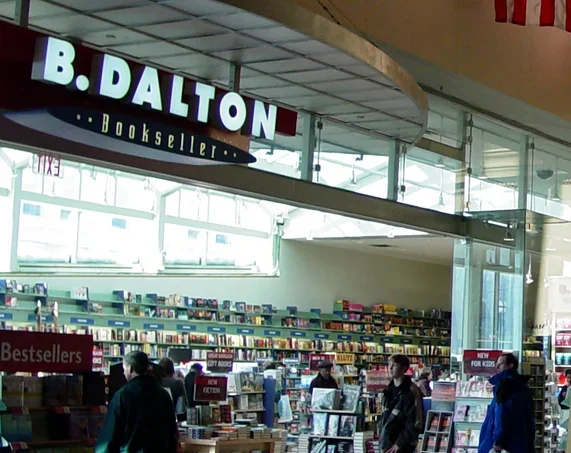
Before mega bookstores and online shopping took over, B. Dalton was a staple of every mall. With its cozy aisles packed with bestsellers, romance novels, and glossy magazines, it was a haven for book lovers. The store was a popular stop for students picking up summer reading lists or parents grabbing the latest self-help title.
B. Dalton’s warm, inviting atmosphere made it a favorite, but as larger stores like Barnes & Noble grew in popularity, its days were numbered. The last B. Dalton stores closed in 2013, but its legacy as a beloved part of mall culture lives on.
4. Waldenbooks
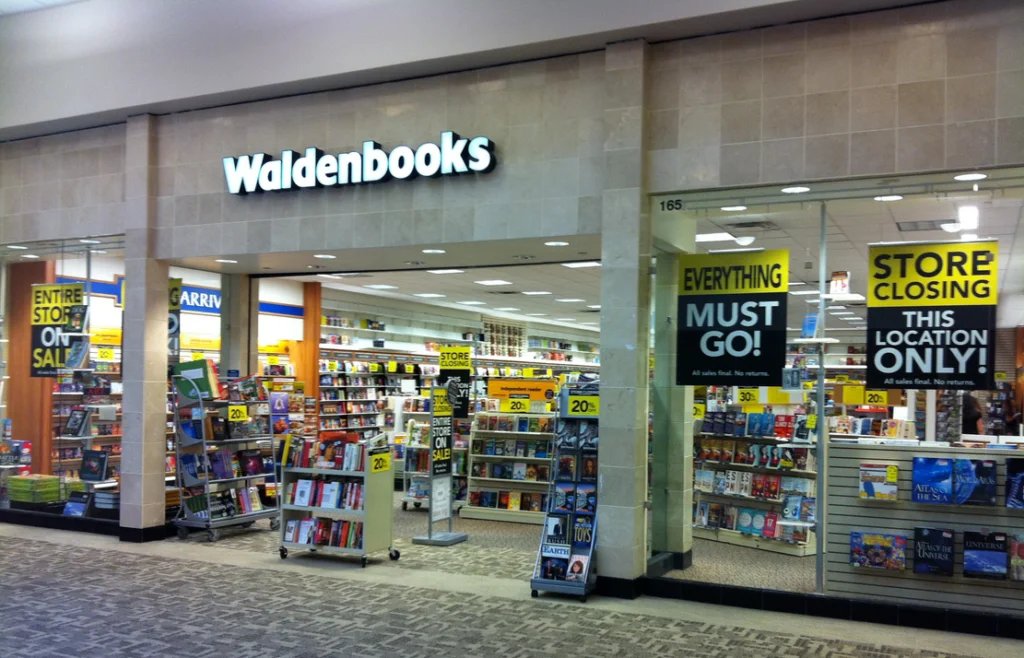
Another haven for bibliophiles, Waldenbooks was often found just down the hall from B. Dalton. It was slightly smaller and cozier, making it a perfect spot to lose yourself in a good book. The chain specialized in mass-market paperbacks and was known for its wide selection of sci-fi, fantasy, and mystery titles.
For mall-goers in the ’80s, Waldenbooks was a comforting presence. Unfortunately, the rise of e-commerce and superstores spelled the end for the chain, with its last locations closing in 2011. Still, its name brings a wave of nostalgia to anyone who spent hours flipping through paperbacks there.
5. Kinney Shoes
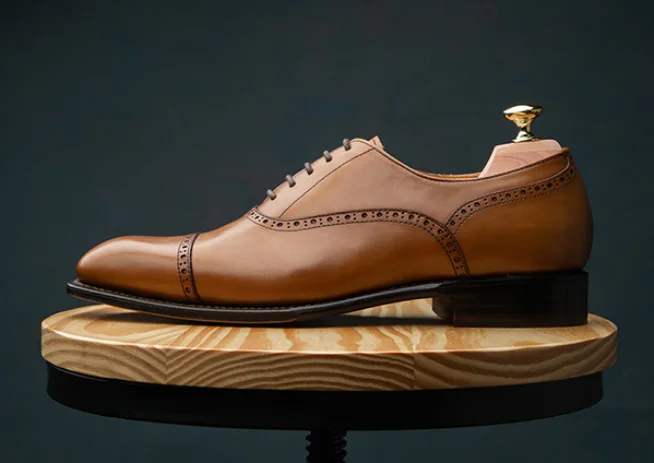
Kinney Shoes was a reliable stop for families in need of practical, affordable footwear. Known for its wide selection, it catered to everyone from kids buying sneakers to adults shopping for work shoes. It wasn’t flashy, but it was dependable, and its striped logo became a familiar sight in malls across the country.
As specialty shoe stores and online retailers took over, Kinney struggled to compete. The chain closed in 1998, but for anyone who got their first pair of school shoes there, it holds a special place in mall history.
6. Camelot Music
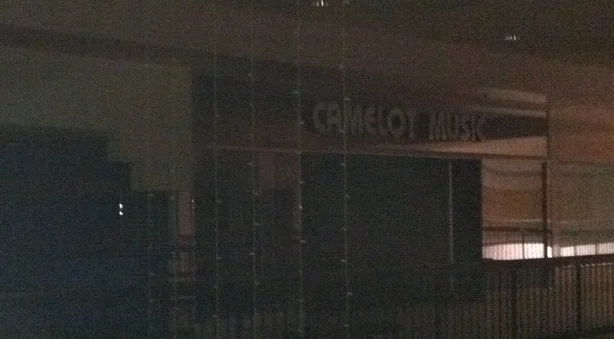
Before streaming, music lovers flocked to Camelot Music to browse records, cassettes, and, eventually, CDs. The store was a magnet for teens looking for the latest hits or spending hours flipping through the album art of their favorite bands. Listening booths and knowledgeable staff added to the experience.
Camelot Music thrived during the ’80s but began to decline in the ’90s as digital music took over. It was eventually absorbed by FYE, but for those who remember its distinctive red-and-black logo, Camelot Music is synonymous with the golden age of physical media.
7. County Seat
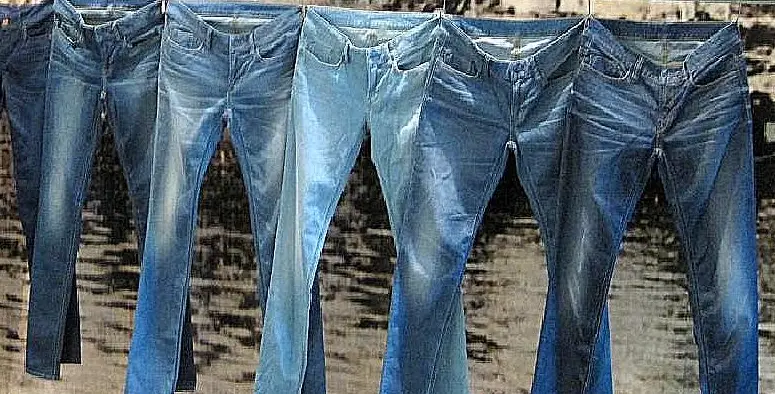
County Seat was a denim lover’s paradise, specializing in jeans and casualwear. With its laid-back vibe and racks of Levi’s, Wranglers, and Jordache, it was a go-to store for anyone looking to update their wardrobe. The store also carried a variety of Western-style clothing, giving it a unique flair.
As denim brands expanded into other retail spaces, County Seat lost its niche and filed for bankruptcy in 1996. Despite its disappearance, the store’s rustic aesthetic and reliable selection made it a standout in the ’80s mall scene.
8. Orange Julius
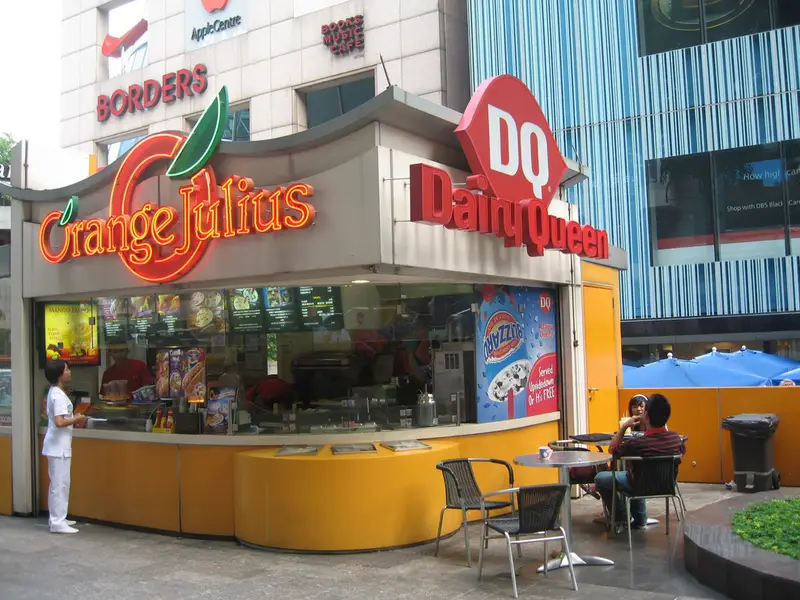
Technically more of a food court staple than a traditional store, Orange Julius deserves a spot on this list for its iconic status. The frothy, citrusy drink was a must-have for mall-goers, often enjoyed between shopping sprees. The chain’s bright orange branding and cheerful vibe made it a beacon of refreshment.
While some locations still exist, Orange Julius is no longer the ubiquitous mall fixture it once was. For many, the taste of an Orange Julius brings back vivid memories of ’80s mall culture at its peak.
9. RadioShack
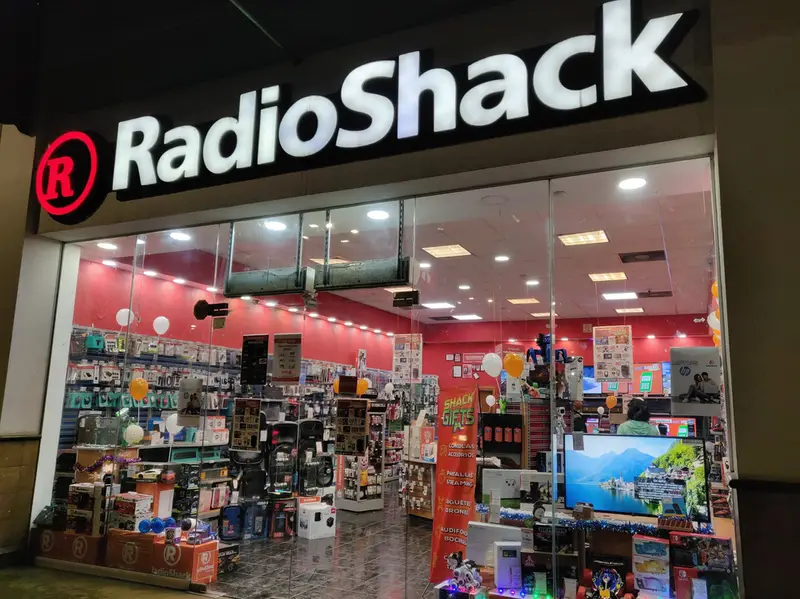
RadioShack was the tech hub of the ’80s mall, offering everything from batteries to cutting-edge gadgets. It was the place to find the latest in home electronics, computer accessories, and DIY repair kits. For budding tech enthusiasts, it was paradise.
While RadioShack hung on longer than most stores on this list, its relevance faded with the rise of big-box retailers and online shopping. By the 2010s, it had all but disappeared, but its role in defining ’80s mall culture is undeniable.
10. Kay-Bee Toys

Kay-Bee Toys was every kid’s dream come true, with its aisles of action figures, dolls, board games, and puzzles. Located in nearly every mall, it was a prime destination for families, especially during the holiday season. The small, crowded stores were packed with treasures waiting to be discovered.
As larger toy stores like Toys “R” Us expanded and online shopping grew, Kay-Bee couldn’t compete. The chain shut down in 2009, but its memory lives on for anyone who ever begged their parents for “just one more toy” during a mall trip.
11. Ritz Camera
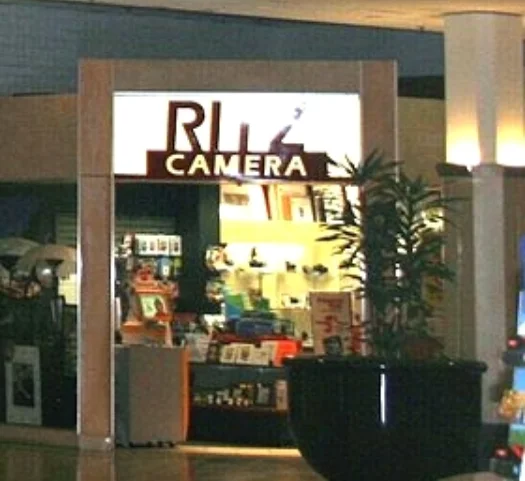
In the days before smartphones, Ritz Camera was the place to develop your film and pick up photography gear. The store catered to everyone from casual shutterbugs to serious hobbyists, offering cameras, lenses, and a variety of photo services.
With the rise of digital photography, Ritz Camera’s relevance declined, and most locations closed by the early 2010s. Still, for mall-goers in the ’80s, it was an essential stop for preserving memories.
12. The Limited
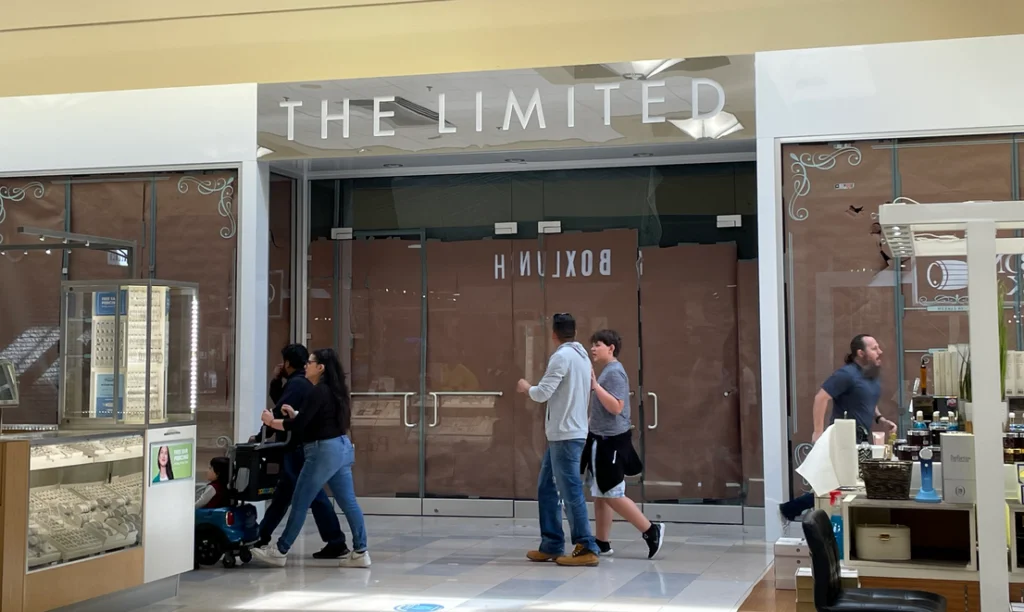
The Limited was a fashion-forward chain that catered to young women looking for stylish, affordable clothing. Its trendy designs and chic displays made it a favorite destination for teens and twenty-somethings. The store often set the tone for what was in style at the mall.
While The Limited held on into the 2000s, it eventually shuttered its stores in 2017. For those who spent hours browsing its racks in the ’80s, it remains a quintessential part of mall nostalgia.
The malls of the ’80s were more than just shopping centers—they were social hubs, cultural touchstones, and places where memories were made. These long-lost chain stores played a vital role in shaping that experience, and though they’re gone, their legacy lives on in the hearts of those who grew up wandering their aisles.


